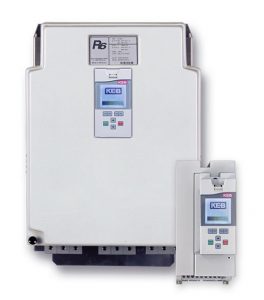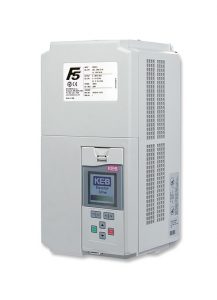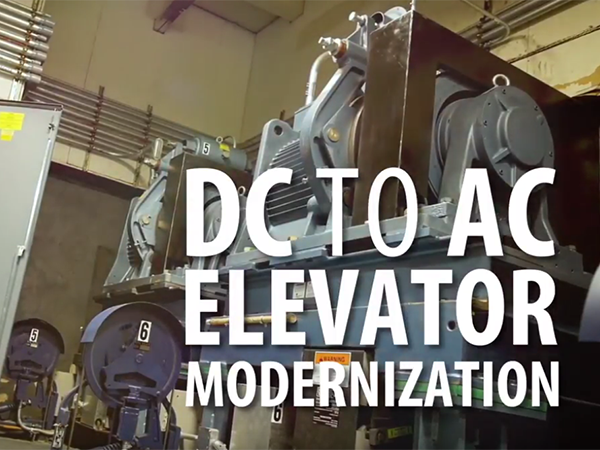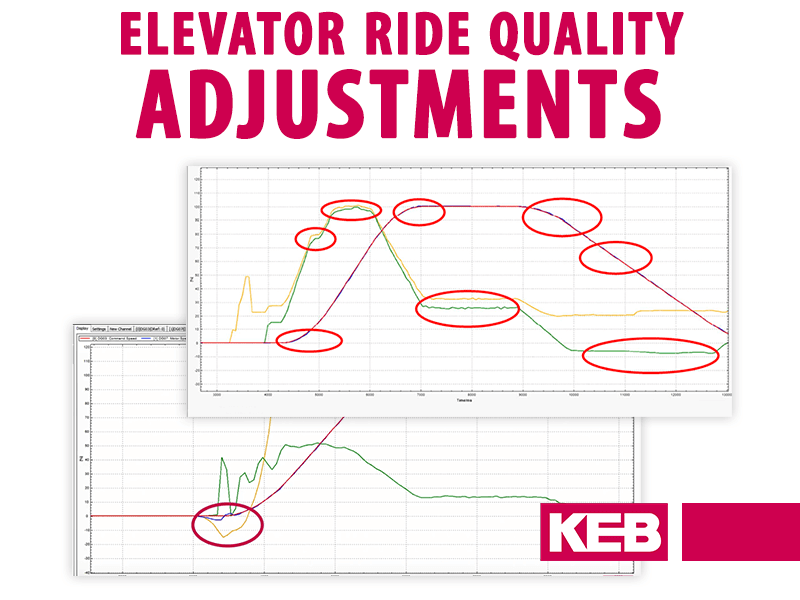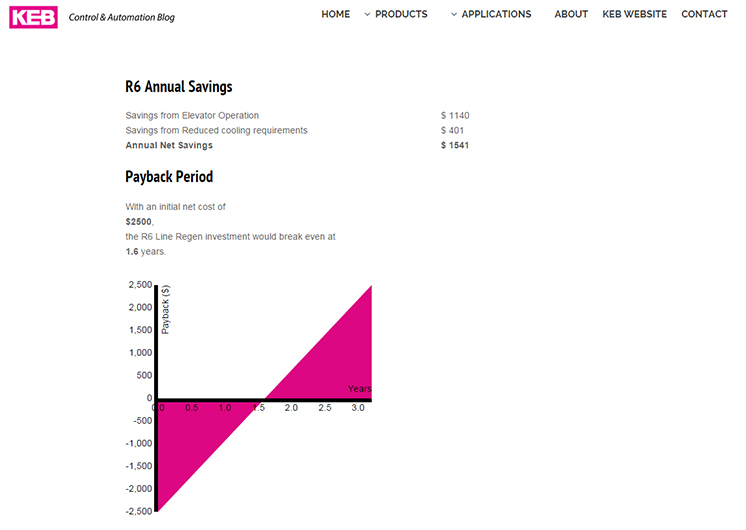Is Elevator Line Regeneration Suitable for my Building?
Elevator line regeneration is a technology that has really taken off in recent years. KEB’s R6 Line regen product allows energy from a traction elevator system to be returned to the building in overhauling situations. The R6 reduces the overall energy consumption of the elevator and can contribute toward a building’s LEED certification.
But is every traction elevator a good candidate for regen? Certainly, some elevators are better suited than others. This post outlines which jobs are prime candidates and other factors to consider.
Here is a short (2:51) video demonstration that covers KEB elevator regen technology:
An ideal elevator regen candidate can expect an ROI in 2 years or less. But not every building is an ideal or even good candidate. Sometimes people are surprised when I tell them an elevator might not be suitable for regen drives. The reason is the amount of returned energy simply might not justify the investment.
A while back, we published an online regen elevator calculator tool. The calculator allows a person to adjust basic elevator application parameters in order to approximate the savings they could expect to see. If you play around with it, you’ll see that there are a few main driving factors that will determine the payback period and ROI. Here are some considerations:
The Efficiency of the Elevator System
A high-efficiency system means that a large percentage of the electrical power going into the system can be recaptured. Efficient Permanent Magnet elevator motors from manufacturers like Hollister-Whitney and Imperial Electric will have better efficiencies than older-style induction motors.
Additionally, these PM motors are gearless which means the power isn’t transmitted through mechanical gearing. Older elevator drive systems used worm gearing which could have efficiency levels in the 60% range. This is very important when considering regen since the inefficiency has a double effect. There are transmission losses when power is delivered to the elevator system and when it is returned.
The Elevator Usage
This one is pretty straightforward – the more you use it, the more a building owner will save. LULA or residential elevators will not be good candidates because the usage is just too low.
However, a high-usage elevator in a hospital or hotel will be a very good candidate. If the elevator has two very distinct usage patterns, like an office building, the KEB regen calculator allows you to define the usage during these periods.
Height of Building and Floors
Related somewhat to usage is the height of the building. Larger buildings typically have more aggressive accel and decel rates that can lead to more regen. Additionally, the taller buildings mean longer runs and operations during the regen period.
The Cost of Energy
The key here is finding and using an accurate number. The costs can vary by region (here’s a link to average energy costs). As I write this, the rates for commercial use range from $0.08 to $0.12/kWhr.
Utility Rebates
If a person is evaluating regen for elevators, a Utility rebate could help offset some of the investment cost. Rebates vary by region and can be verified with the local electrical utility. Rebates can be very significant and can offset a large portion of the regen investment.
Going Green
Is the philosophy of applying green technology in the building attractive? Or can the technology be applied to help achieve a LEED status on the building? If so, the benefits of adding an elevator regen drive might extend beyond just the financial implications.
KEB – The Leader in Elevator Drive Technology
What other factors do you consider when deciding to use Line Regen or not? Do you have any questions? If so, contact a KEB Elevator Drive engineer to discuss more.
Let's Work Together
Connect with us today to learn more about our industrial automation solutions—and how to commission them for your application.
